how to check self for lice
 7 Common Lice Symptoms: Do You Have Lice?
7 Common Lice Symptoms: Do You Have Lice?A cutting-edge research firm focused on digital transformation. Good. Subscriber Active account since then Subscriber's Exclusive Audio Book! "No Rules: Netflix and Invention Culture"Put it now in Book.fm using the button below. DOW SplP 500 NASDAQ 100 7 signs that may have lice Single parents know that one can mean weeks of bed linen washing and daily towels, treating mattresses and other furniture with special sprays, and probably buy new pillows and hair brushes. Treating your child for lice can take hours, especially if your hair is long or thick. Because, according to the Centers for Disease Control and Prevention (CDC), each louse and nit should be eliminated to prevent re-infestation. Even if you think you have them all, it's important to withdraw seven to 10 days after initial treatment. And as for yourself, you should have another adult check for lice because it's almost impossible to treat you properly. Are you feeling spicy? Here are some signs that you or your child may have lice. Your head is spicy. The most common symptom of lice is to have a spicy head. According to the Mayo Clinic, the and cannot occur for two or six weeks after having contracted lice. A spicy scalp is the most obvious symptom of the head lice, but that just doesn't mean you have lice from your head. Other more common things like dandruff and eczema can also make the scalp. You feel like something's dragging you in the head. If you have lice, you might feel that bugs crawl into your scalp. According to Healthline, lice can cause the feeling of . If you're worried that your child has lice, ask them if they notice this feeling. If you watch a louse. The American Academy of Dermatology (AAD) described lice as Typically, if you see a louse, it is likely to be infected with several living lice as well as their eggs, also known as nits. It takes a little more than a week for a child to get into a nymph (a childhood louse), and about nine to 12 days for the nymph to mature. If you detect a louse, you've probably been infected for a few weeks. See nits. The first time you cross with the nests, you can confuse them with dandruff. The main difference between dandruff and nuts, however, is that dandruff can be easily brushed. These small yellow or white ovals are typically around .25 inches of the scalp and do not shake when touched. According to The Head Lice Center, and it requires a special comb to remove. From time to time, it can be more effective to pull the nits all the way through the axis of the hair using their nails. It is important to note that, according to the CDC, it is difficult to sleep. CDC reported it. This can cause scalp irritation that can lead to sleepless nights. Therefore, if your child cannot sleep, he is acting badly and has other symptoms associated with lice, consider doing a scalp check. The same goes for you; if you have trouble sleeping because of a spicy scalp, ask someone to make a lice checkup. You notice scratch sores. If you or your child are infested with lice, you may notice, according to the CDC. Be careful because these sores can sometimes be infected with bacteria found in the skin of the person. If this becomes the case, talk to your doctor about potentially being treated with antibiotics. Someone close to you has lice. If you or your child have recently been in close contact with someone who has lice, it is time to make a scalp check. Read more: Don't wait until your head feels itchy. Using a lice comb and a bright light, check the scalp starting from behind the ears and neck. The sooner you treat an infestation, the sooner the piojo of your life will be eradicated. Visit for more. See also: FOLLOW US ON:

How To Check For Lice On Myself - Howto Techno
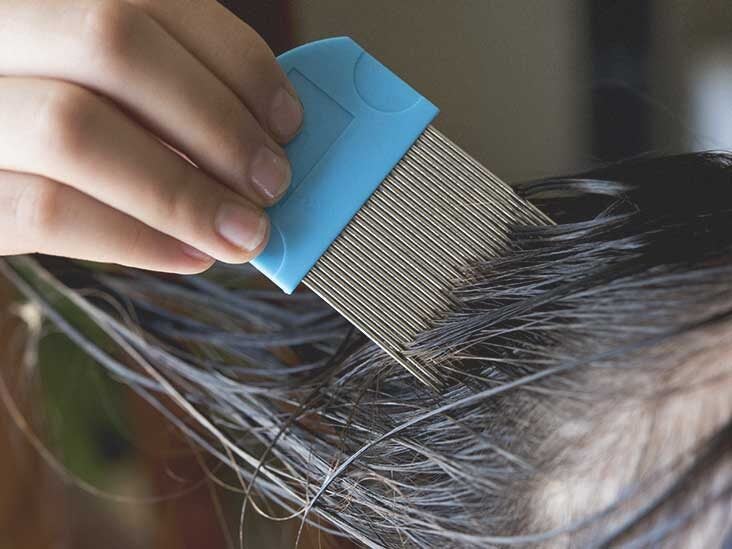
7 Common Lice Symptoms: Do You Have Lice?
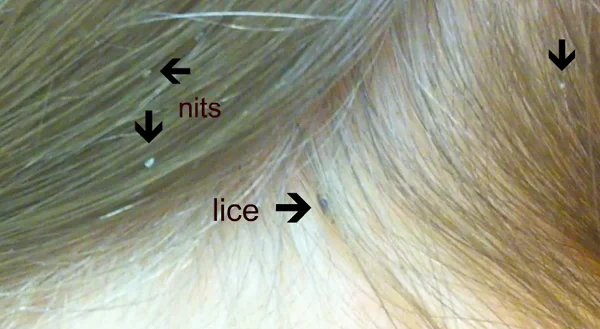
How to Calculate How Long You Have Had Lice | Fresh Heads Lice Removal
![Lice vs. Dandruff, Nits & Dry Scalp: What's the Difference? [Guide] Lice vs. Dandruff, Nits & Dry Scalp: What's the Difference? [Guide]](https://www.hairfairies.com/wp-content/uploads/dandruff-vs-lice-nits.jpg)
Lice vs. Dandruff, Nits & Dry Scalp: What's the Difference? [Guide]
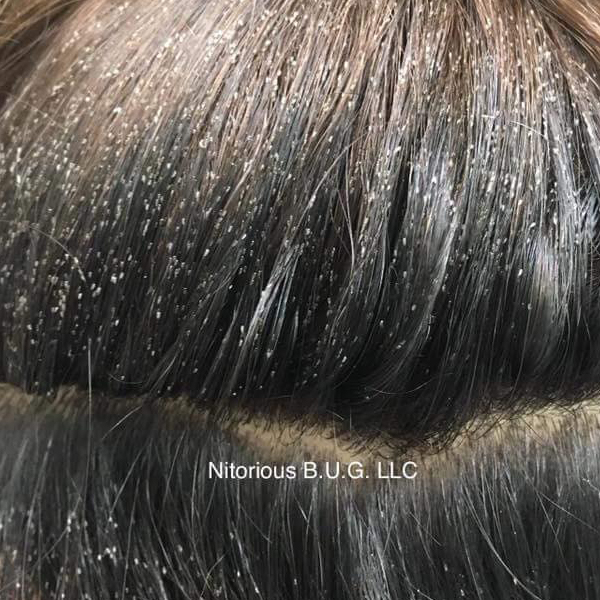
Does Your Client Have Lice? This Is What To Do - Behindthechair.com

We show you how to screen for lice for free or come to our clinic for a professional screening. Redwood City CA
/arc-anglerfish-arc2-prod-bonnier.s3.amazonaws.com/public/BFDR6TDR5V7S4KJA63O5XFRBPE.jpg)
How to get rid of lice | Popular Science

How To Check For Lice On Myself - Howto Techno

How to Properly Comb for Head Lice & Nits
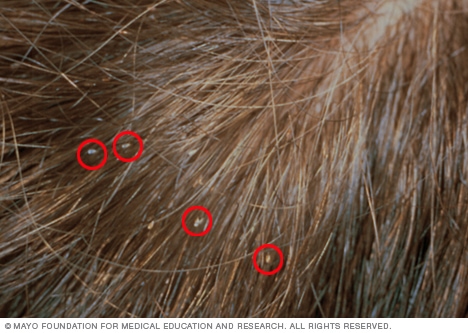
Lice - Symptoms and causes - Mayo Clinic
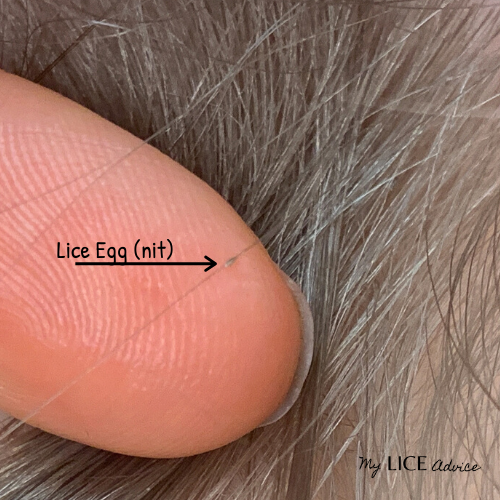
How to Check Your Child's Head for Lice: Simple Steps with Pictures

Lice vs. dandruff: Differences, pictures, and symptoms
How to get rid of lice from your hair and home
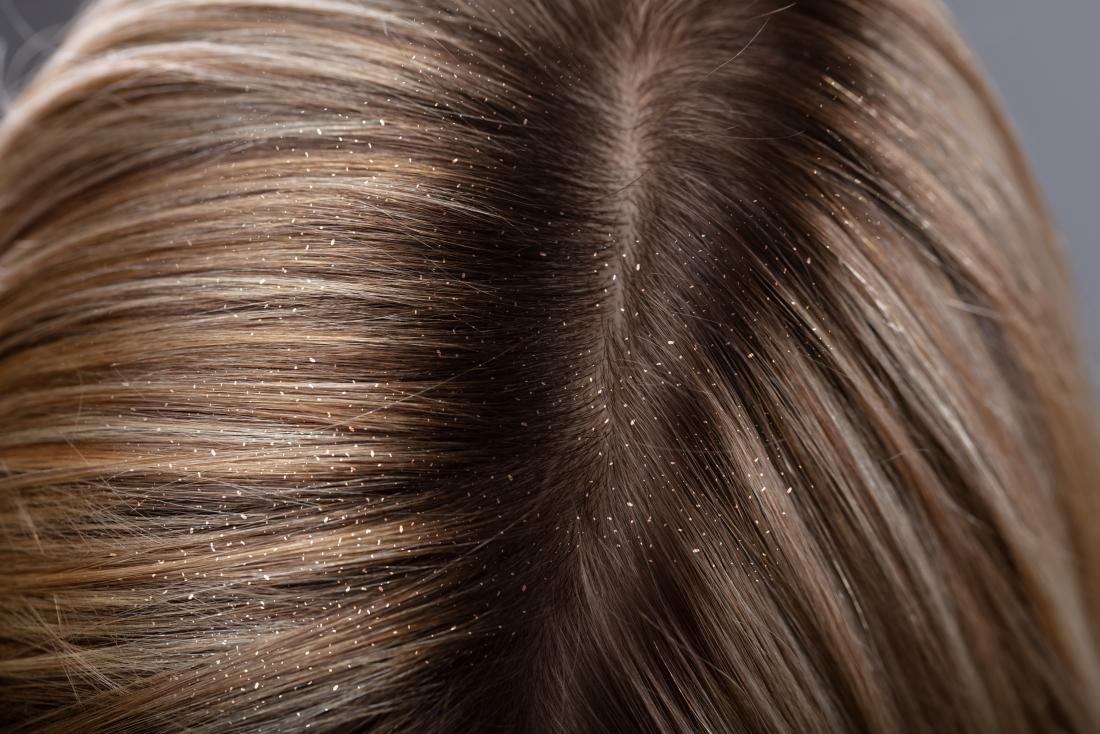
Lice vs. dandruff: Differences, pictures, and symptoms

How To's Wiki 88: How To Know If You Have Lice
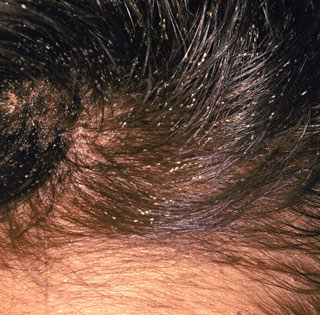
Lice - Head | | SG Pediatrics
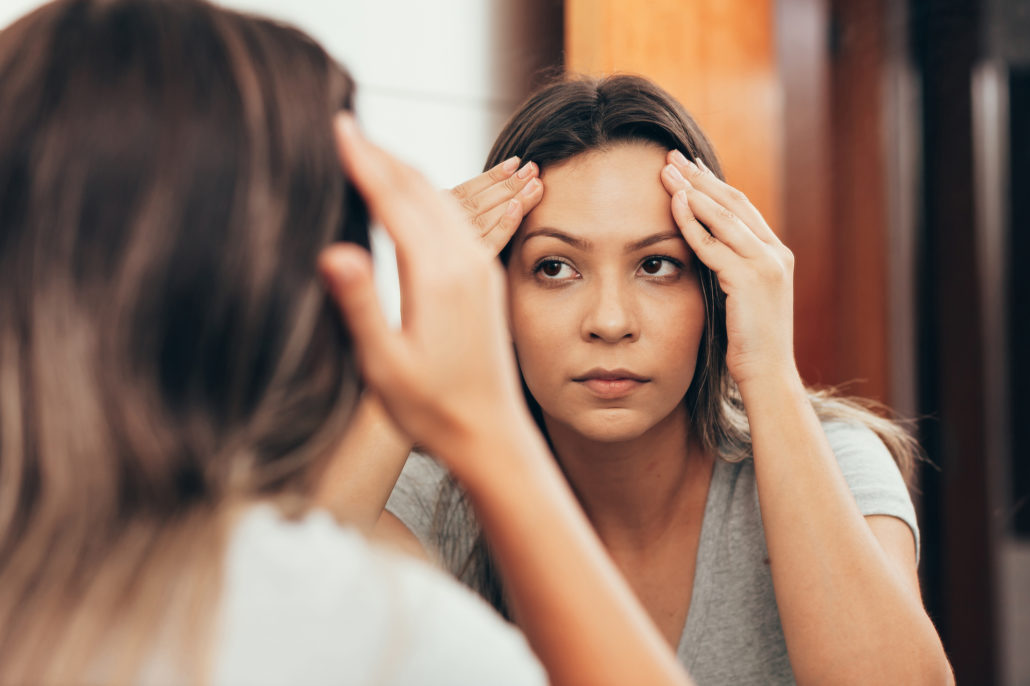
How to Check Yourself for Head Lice - Lice Clinics of Texas

How To Check For Lice On Myself - Howto Techno

How to Check for Lice (with Pictures) - wikiHow
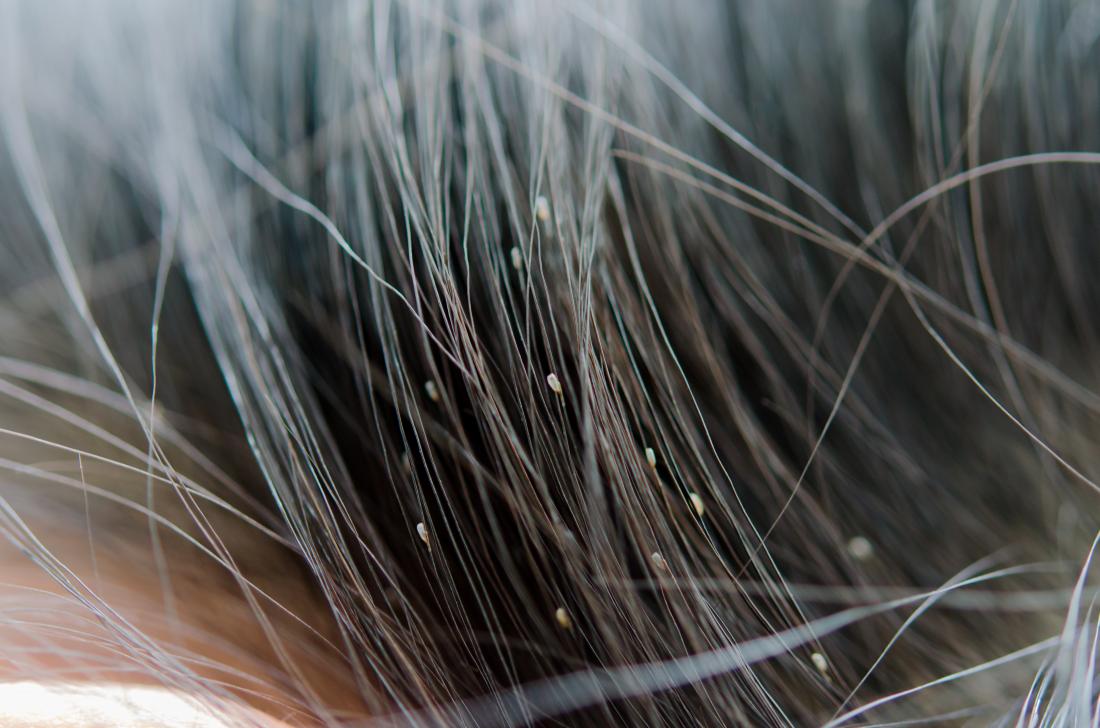
Lice vs. dandruff: Differences, pictures, and symptoms

7 Common Lice Symptoms: Do You Have Lice?

Tis The Season. Head Lice Season, That Is. | Theycallmejane's Blog

What Lice And Their Eggs Look Like - YouTube
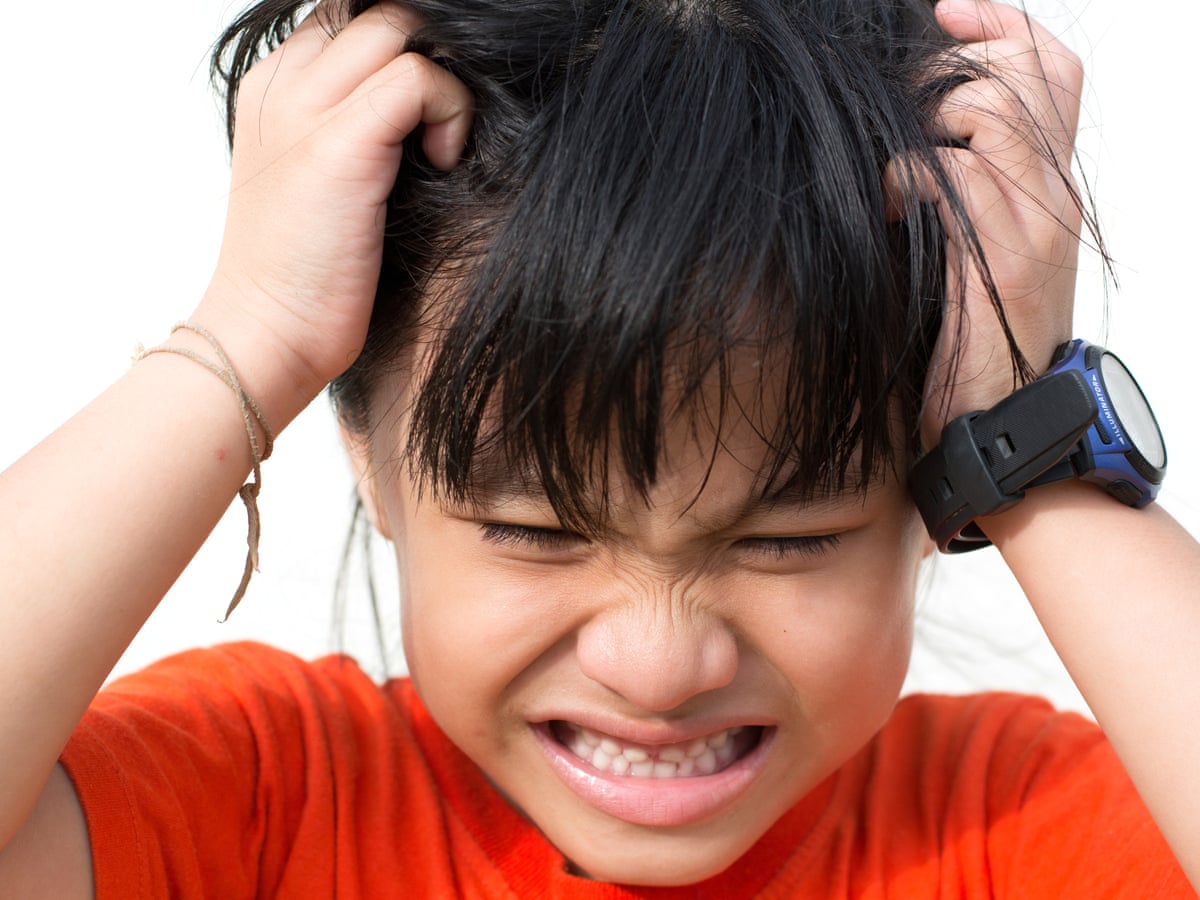
Itchy and scratchy – why the battle against head lice just got serious | Health & wellbeing | The Guardian
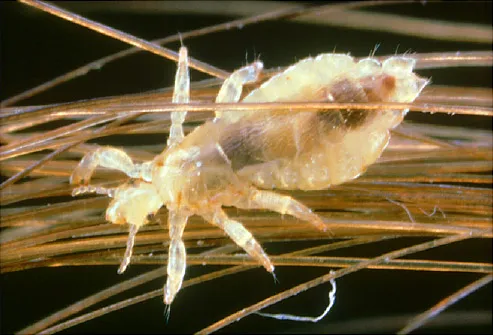
Lice: Pictures of What Head Lice Look Like

How to Check for Lice at Home | Lice Clinics of America - Boise

3 Ways to Check a Child's Hair for Lice - wikiHow

Head louse - Wikipedia
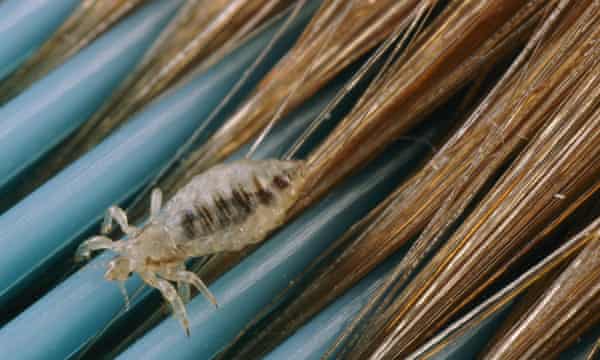
Itchy and scratchy – why the battle against head lice just got serious | Health & wellbeing | The Guardian
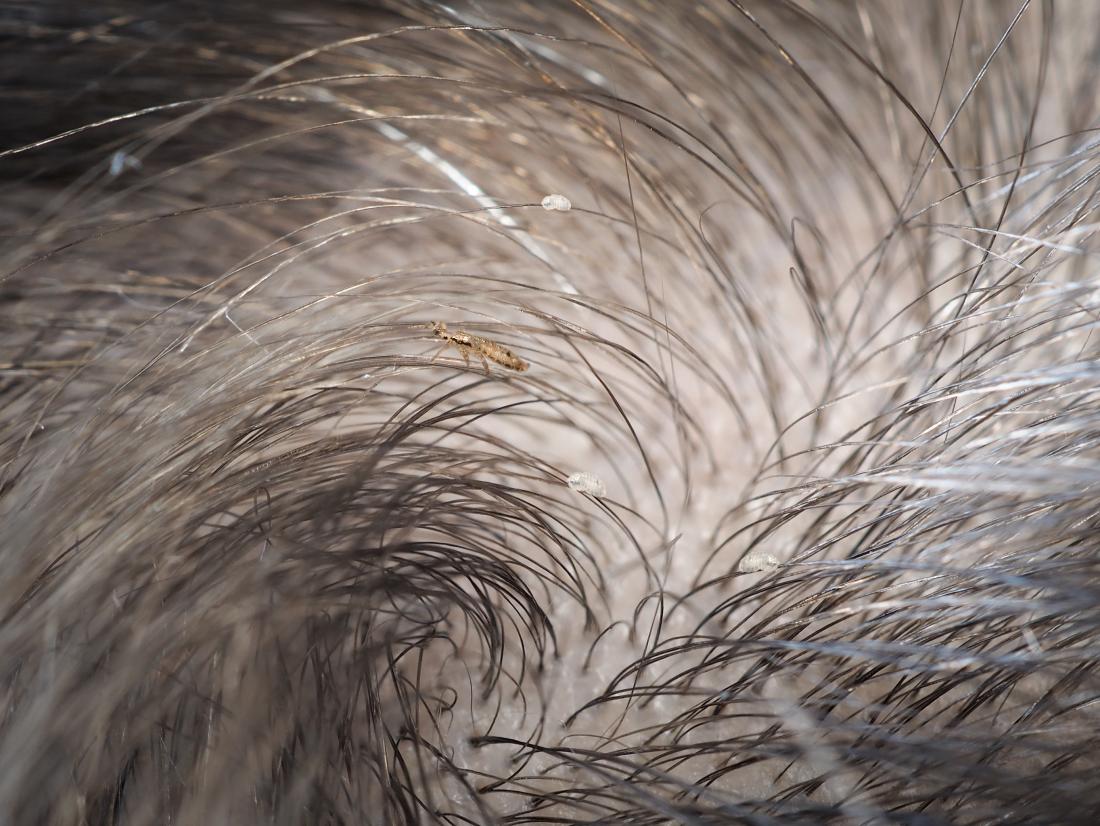
Lice vs. dandruff: Differences, pictures, and symptoms
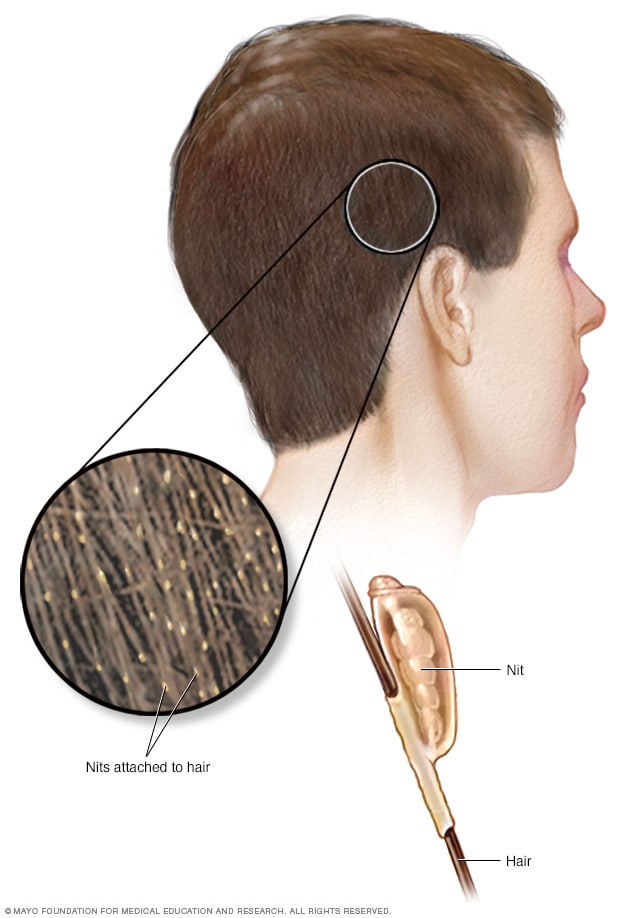
Lice - Symptoms and causes - Mayo Clinic
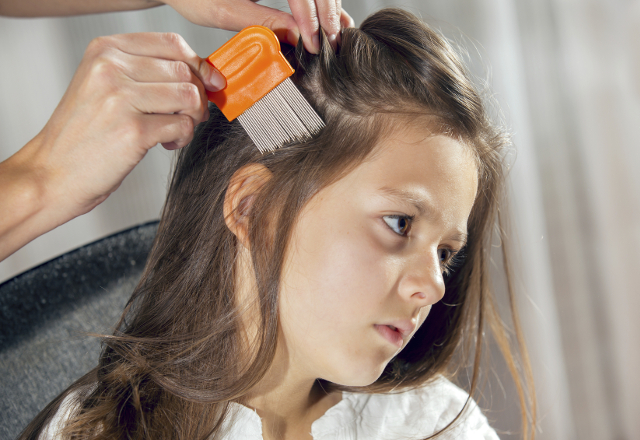
No-Panic Guide to Head Lice Treatment | Johns Hopkins Medicine

Head Lice Treatment, Symptoms, Pictures, Home Remedies

How to Treat Kids Head Lice: Lice Comb & Lice Shampoo in Singapore
Signs you may have lice

Head Lice Treatment, Symptoms, Pictures, Home Remedies

Lice Facts Every Parent Should Know | Health.com
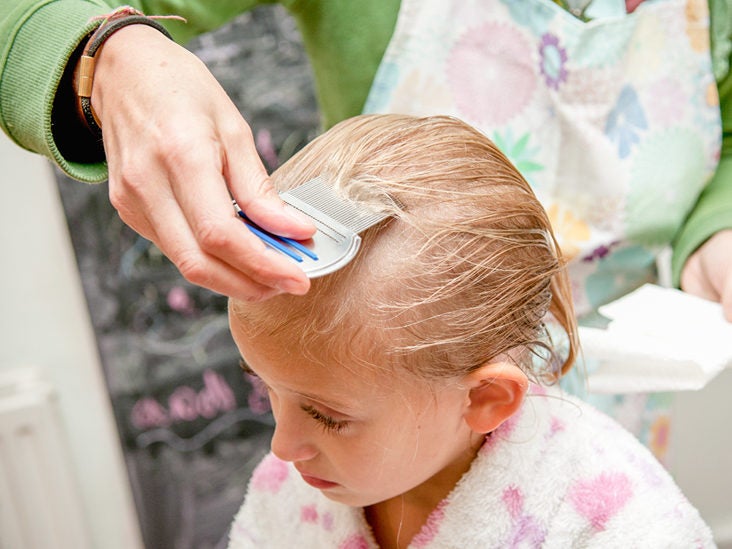
7 Common Lice Symptoms: Do You Have Lice?

How To Check Yourself For Lice | Licefreee!

VIDEO: Secrets Of Head Lice, And How To Beat Them : Shots - Health News : NPR
Posting Komentar untuk "how to check self for lice"